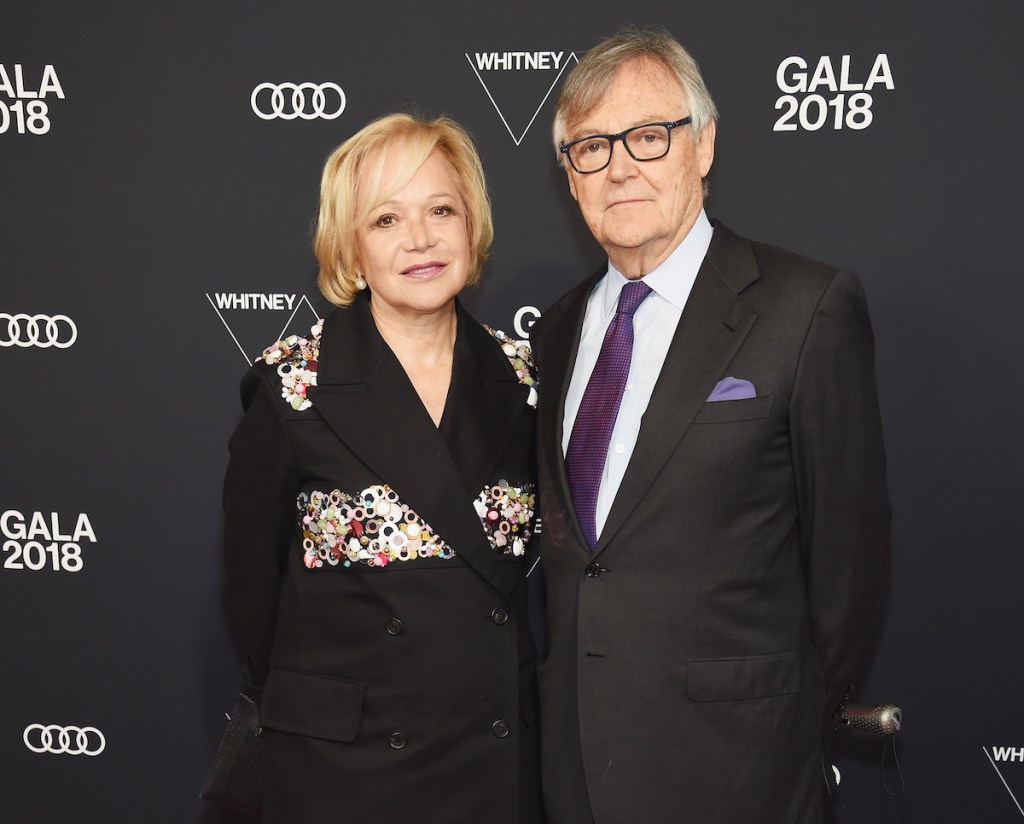She’s not long on charisma or passion but keeps perfect rhythm and is never prone to temperamental outbursts against the musicians beneath her three batons. Meet MAiRA Pro S, the next-generation robot conductor who made her debut this weekend in Dresden.
Her two performances in the eastern German city are intended to show off the latest advances in machine maestros, as well as music written explicitly to harness 21st-century technology. The artistic director of Dresden’s Sinfoniker, Markus Rindt, said the intention was “not to replace human beings” but to perform complex music that human conductors would find impossible.
The Sinfoniker, long known for innovation and political statements, is celebrating its 25th anniversary with the Robotersinfonie at the Hellerau hall in a concert divided into two parts, one purely human and, after the interval, one that is robot-led.
In the second half, three-armed MAiRA clutches a trio of stubby lightsabers, each with a different colour, to mark time. The ensemble is divided into three parts, each responding to its own baton to create cross rhythms.
The composer Andreas Gundlach wrote the aptly named Semiconductor’s Masterpiece for 16 brass musicians and four percussionists playing wildly diverging time signatures. Some begin slowly and accelerate while the others slow down. Gundlach told the local public broadcaster MDR that MAiRA’s technical skills ensured the music sounded smooth, “like it came from a single source”.
To pull off a two-decade-long dream, Rindt worked with specialists from Technical University Dresden’s CeTI, which stands for Centre for Tactile Internet with Human-in-the-Loop. It pursues innovation based on the principle that robots and people can cooperate rather than compete.
Rindt taught MAiRA conducting as he would a human, displaying arm movements up to 40 times so she could integrate and adopt them with ever-increasing complexity during two years in development.
Each “arm” has seven joints, allowing it to move and stretch in all directions. But if she gets a little too forceful, slamming down on a beat, a safety mechanism kicks in to prevent her from doing any damage to herself or the musicians.
Rindt told MDR he had the idea of stepping aside for a sophisticated robot 23 years ago while rehearsing an intricate composition. One of the bassoonists told the conductor: “You’re conducting the clarinets in 3/4 time and I have 5/8, a totally different tempo – what should I do, no one is conducting me?” And the conductor answered: “I’m not a robot.”
Local media reported an enthusiastic reception for the world premiere on Saturday night, which is to be followed by a livestreamed concert on Sunday.
after newsletter promotion
MAiRA is perhaps the most technically advanced robot to conduct music but she is not the first. In 2008, a 1.2-metre-tall automaton with a baton conducted the Detroit Symphony Orchestra in a performance of Mitch Leigh’s The Impossible Dream from the Man from La Mancha. Nine years later, the Italian tenor Andrea Bocelli and the Lucca Philharmonic Orchestra performed in Pisa with YuMi, billed as a “collaborative” dual-arm robot conductor. And in South Korea in July 2023, an android robot took the conductor’s podium at Seoul’s National Theater of Korea.
During its quarter-century of existence, Dresden’s Sinfoniker has often pushed the envelope of contemporary music. In 2006, it played an arrangement of the soundtrack of the classic silent film Battleship Potemkin from the balconies of a communist-era housing development in central Dresden, while the British pop duo Pet Shop Boys played on the roof.
And in 2017, it staged a festival “against isolation and intolerance” during the Trump presidency close to the US-Mexican border wall near Tijuana and performed with Mexican and US musicians.


